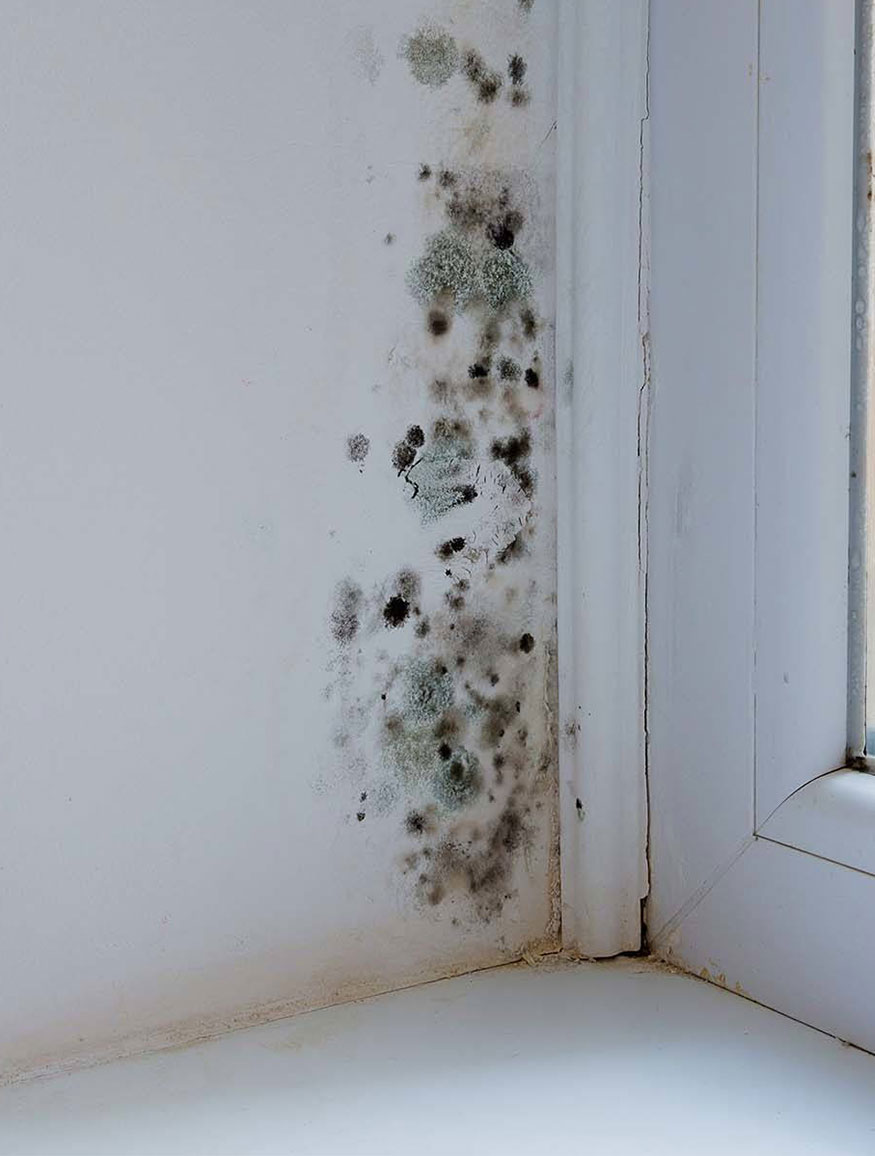Prevent Damp
Penetrate Damp with our Moisture Management Solution


Moisture Management Solutions
Damp & Moisture
Treatment
Penetrating damp is when water saturates through walls horizontally from the outside. The main cause can be building defects such as damaged or ineffective roof tiles, slates, felt coverings, cracked brickwork, stone, render, broken gutters and downpipes, ineffective doors, door frames and windows.
Rising Damp
Rising damp is a phenomenon that can occur in buildings. This is caused by water that is in the earth and travels up from the base of the
walls by capillary attraction.
Localised Damp
Localised dampness shows random damp patches at high and low level that does not dry out and can occur one metre above ground level, or even higher in severe cases.
Treatment of Damp Probems
For any damp problems to be rectified, a survey must be carried out by a competent and experienced person to establish the extent and cause of the problem. They will give advice on the best solution to eliminate the dampness using the most cost effective solution so that the building can dry out after the defects has been rectified. The building can then be made good by a competent tradesperson.

Dew Point
Dew point is the when moisture in the air condensates and turns into water, it is the point of change from gas into liquid. It occurs when the temperature in one room is different from the temperature in another room, or outside temperature. When the temperature in the warm room meets a cold surface, the vapour in the air is released from the air and forms water droplets.
Mould
Moulds are fungus and release millions of tiny spores into the air. They need moisture to grow and can be found in cold damp surfaces in poorly ventilated areas in buildings. Moulds come in various colours such as black, green or grey. They include all species of microscopic fungi that grow in the form of multi-cellular filaments called hyphae. A connected network of these tubular branching hyphae has multiple, genetically identical nuclei and is considered a single organism, referred to as a colony or a mycelium.
Types of Damp
There are various types of damp problems. These range from Rising damp, Penetrating damp, Lateral Penetrating damp, and Localised damp.
Our Solutions
The ZRT ³ (Zoom Rate Thermal Transfer Technology) NozzleNub is a device that cures the problem of water penetration in buildings. This device is a new innovation that has been designed to tackle Damp problems in buildings. It is small ceramic insert used for removing unwanted moisture from existing and new buildings. The ZRT3 attracts water in the walls to it, and then expels the water out of the building and into the atmosphere as moisture. Normally about 250/300 ADNN for most existing and new buildings.
Indoor Air Pollution
What are the health effects?
Mould spores are a common component of household and workplace dust. However, when mould spores are present in large quantities, they can present a health hazard to humans, potentially causing allergic reactions and respiratory problems. Moulds that produce myctoxins can create serious health risks to humans and animals. Exposure to high levels of mycotoxins can lead to neurological problems and in some cases death.

